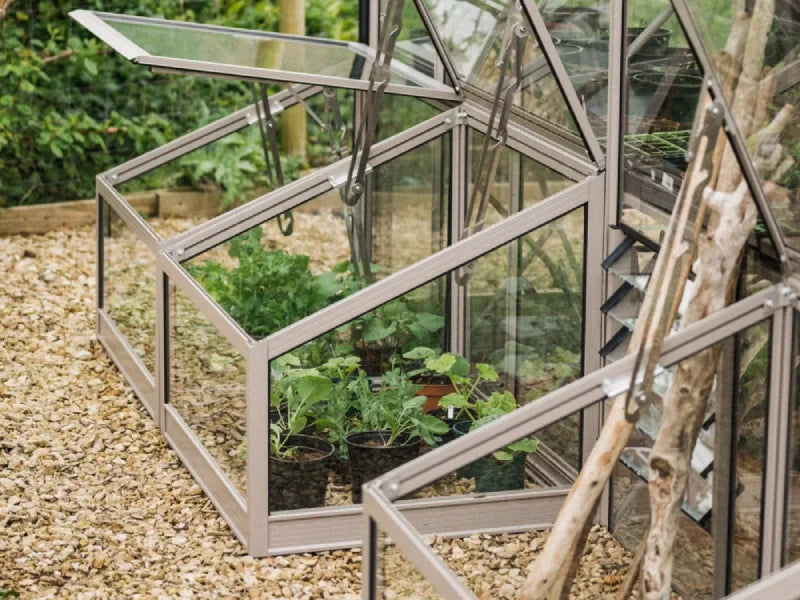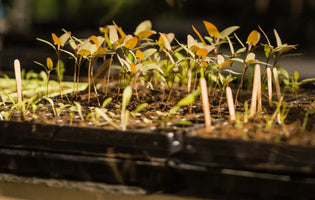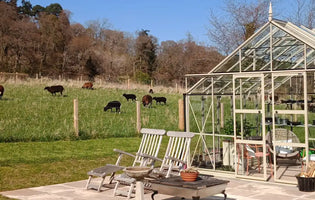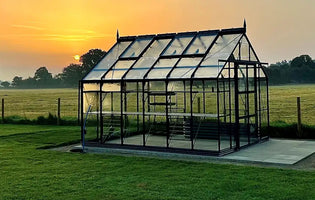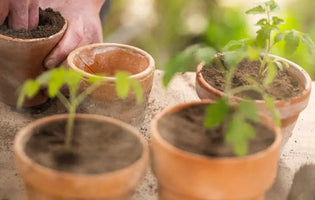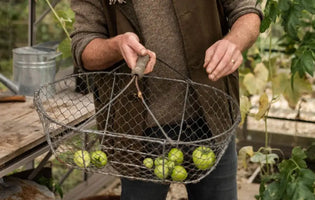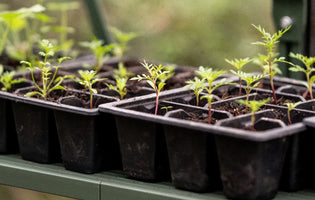Request a Brochure
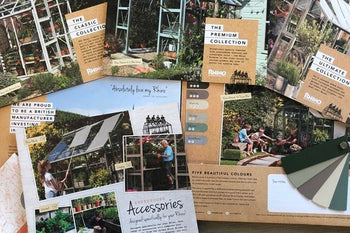
From harvesting fruit and vegetables to clearing up leaf litter, pruning, planting and dividing, there are plenty of autumn gardening jobs to carry out before cold weather arrives.
Autumn is a season of preparation, of cutting back and composting, of making space and preparing your garden to bounce back beautifully in the spring.
As summer tails off, September may still feel warm, but when October brings a change in the weather, you’ll need to start protecting plants from frost and preparing your garden for winter. With the arrival of November, it’s time to start caring for trees and getting new shrubs in the ground.
Here’s a run-down of the most important autumn gardening jobs, to help you maintain and improve your outdoor space as the seasons shift.
Vegetable garden maintenance
Harvesting late crops
Late August into September is when you see the fruits of your labour on the vegetable plot. Keep picking tomatoes, aubergines, peppers and beans to help the last of them ripen.
Clearing spent plants
As plants die back, the garden starts to take on a dishevelled look. Now’s the time to dismantle pea and bean wigwams and pull up any plants that have stopped producing.
Winter protection
Once the ground is clear, cover it for winter. A tarpaulin will do the job, but consider sowing a green manure instead. Sprinkle phacelia or rye grass seeds over empty beds; in spring, dig them into the soil to boost their nutrient content. Alternatively, nourish the ground with a couple of inches of compost or well-rotted manure to suppress weeds and ensure your soil stays fertile.
Sowing seeds
Broad beans and peas can be slipped into the earth in October, ready for a spring haul. And November is a good time to get onion and shallot sets into the ground. Leafy greens such as rocket, pea shoots, pak choi and cress will thrive on a sunny windowsill or in a heated greenhouse, so you can enjoy fresh salads through the darkest months.
Planting bulbs in autumn
For a colourful spring garden, plant bulbs in the autumn. (Or, for an instant splash of brightness, autumn bedding like cyclamen, pansies and heather can be planted now.)
For early spring blooms, go for snowdrops, crocuses and scilla. Daffodils and tulips will come out later, to provide cheer as the weather warms up.
Beds or pots?
Spring bulbs look best in groups or drifts across garden beds and lawns. Scatter them on the ground and plant them where they fall, for a naturalistic look.
Short on space? Bulbs are easy to grow in pots and look fabulous as part of a seasonal container display.
Planting depths and spacing
Different bulbs need to be planted at different depths and spaced depending on their eventual size, so it’s best to check out the particulars of the bulbs you’re planting before you get started.
However, as a general rule, aim to plant bulbs at 2-3 times their depth (with the pointy shoot facing up) and at least twice their width apart. Once you’ve covered them with soil and firmed them in, give the ground a good soak.
Autumn composting tips
With plants dying back and leaves covering the lawn, autumn is the ideal time to nourish your compost heap with organic matter.
Autumn leaf litter can be added to the pile to rot down, along with any spent plants from the allotment or garden; just make sure to put any diseased plants in the rubbish bin, to stop problems like blight or black spot from spreading.
Aim to turn your compost heap once or twice over the autumn, to aerate the contents. You can either move the contents from one bin to another or use a fork to ‘stir’ everything up as best you can.
Tree, shrub and hedge care
Pruning roses and fruit trees
Pruning helps to maintain plant health and improves the number of flowers and fruits your plants produce.
Autumn is prime time for pruning roses as it helps to protect them from seasonal rain damage. Fruit trees can also be cut back at this point in the year, to stimulate new growth next year, develop their shape and reduce the risk of disease.
Planting trees, shrubs and hedges
While you can plant in containers at any time of the year, aim to get new trees and shrubs in the ground from October to April (so long as the soil isn’t frozen or waterlogged).
Here’s a quick guide to planting trees and shrubs:
- Soak the roots in water for half an hour before planting.
- Improve the ground where your plant is going, adding organic matter to heavy or sandy soil.
- Dig a planting hole, the same depth as the roots and three times the width of the root ball.
- Position the rootball in the planting hole so the top roots are level with the soil surface. Insert a stake at this point, if needed.
- Backfill the hole, firm the plant in and give it a good watering. Protect young trees with tree guards or chicken wire, until they are established.
Caring for flower beds and borders
Preparing the garden for winter
Pruning perennial plants back in autumn helps to shape them and promotes future growth. When cutting back, use clean, sharp tools to keep the plants healthy.
A little mulch around the roots will offer frost protection and help to retain soil moisture over winter. Some plants in overcrowded beds can be divided at this point in the year.
Protecting plants and structures
Before chilly weather creeps in, bring tender plants and smaller containers indoors (or under the cover of your greenhouse) or use cloches and fleece to keep them snug during a cold snap.
Protect outdoor structures such as fences, pergolas, benches and trellises from the frost by repainting or treating them on a dry day and repairing any existing damage.
To keep your greenhouse warm over winter, consider adding extra insulation or investing in a greenhouse heater or propagator to help your plants resist the frost.
Autumn lawn care
By showing your lawn a little love in September or October, you’ll reap the benefits throughout the rest of the year.
Scarifying involves raking the grass to remove thatch (moss and old lawn clippings), so that more water reaches the soil and air circulation is improved.
You can also aerate your lawn by spiking it with a garden fork, as deep as you can go, and wiggling it back and forth. Space each set of holes 15cm apart. If you have a big lawn, just focus on doing this in the areas that need it most.
Other lawn maintenance
If your lawn needs an extra boost, consider adding an organic lawn feed in autumn, to encourage root growth.
Aim to cut the grass for the last time in October, at a mowing height of around 4-5cm. After this, you shouldn’t need to get the mower out again until March or later.

